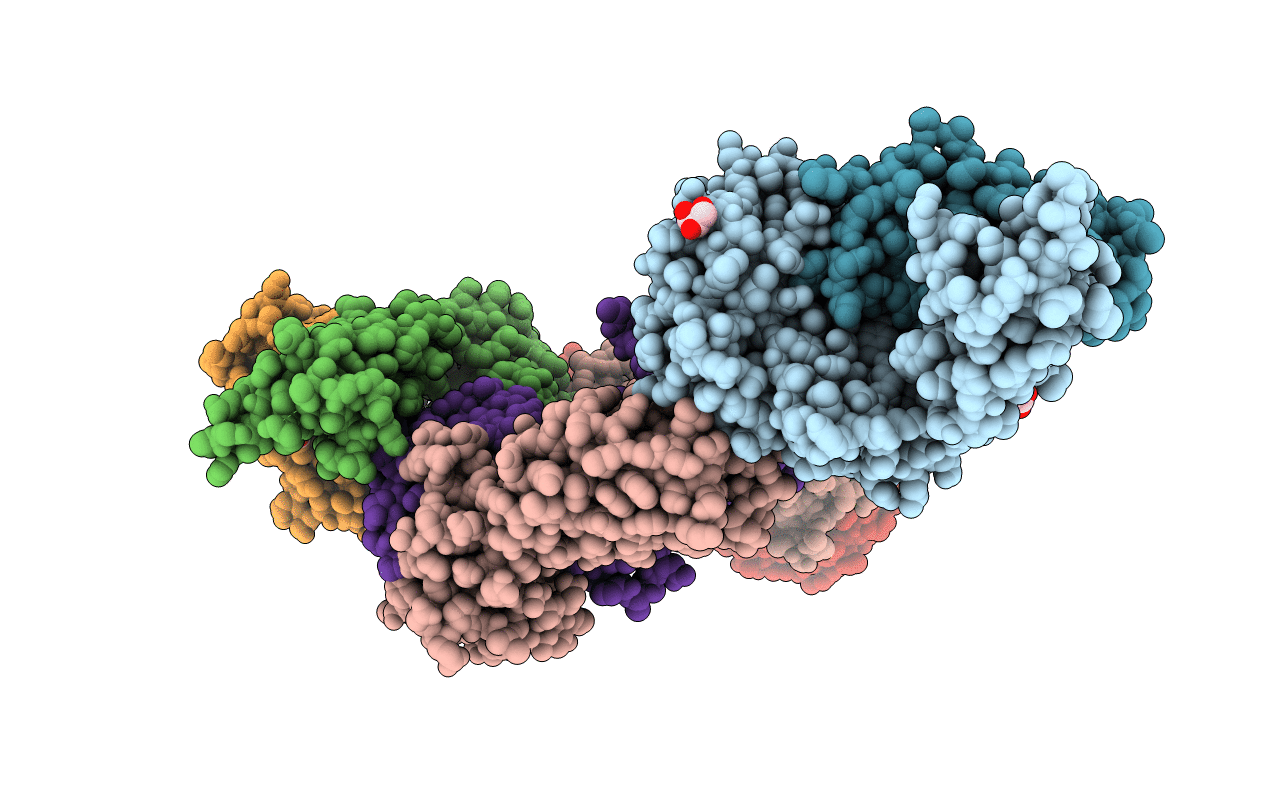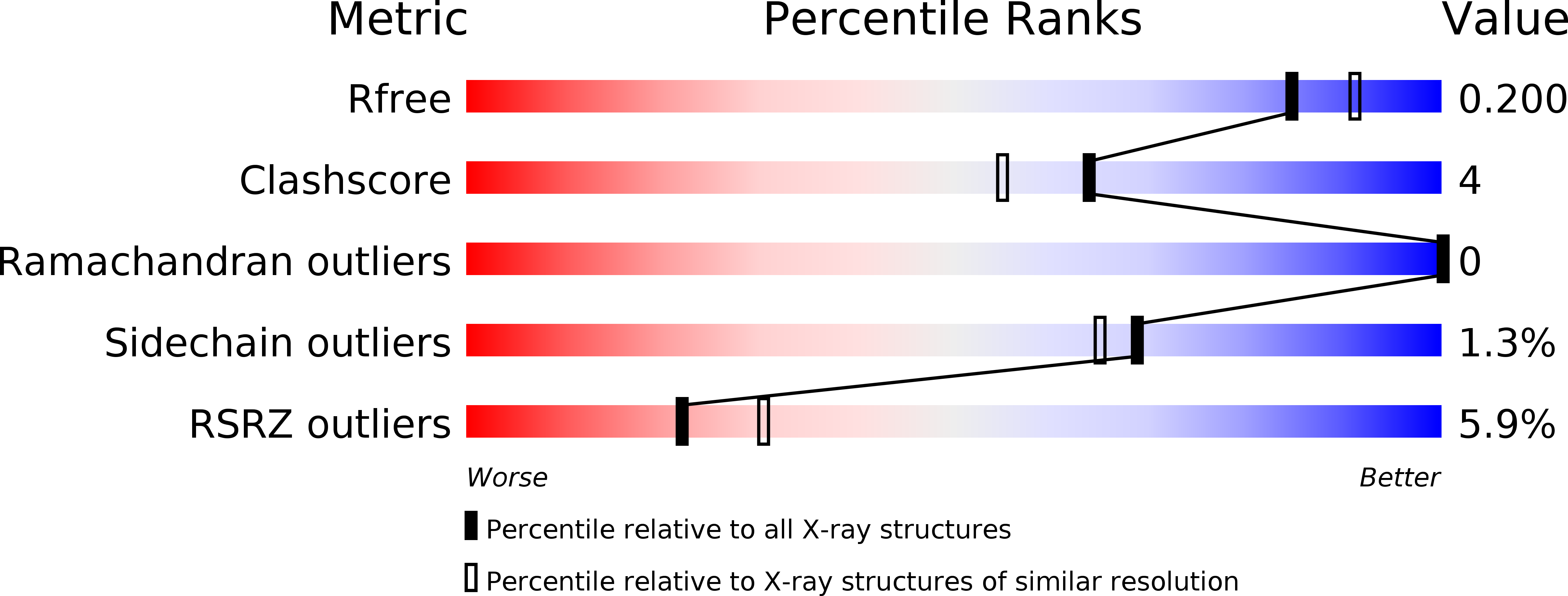
Deposition Date
2020-03-23
Release Date
2020-08-05
Last Version Date
2024-11-06
Entry Detail
PDB ID:
6W9V
Keywords:
Title:
Structure of human MAIT A-F7 TCR in complex with patient MR1-R9H without ligand
Biological Source:
Source Organism:
Homo sapiens (Taxon ID: 9606)
Host Organism:
Method Details:
Experimental Method:
Resolution:
1.95 Å
R-Value Free:
0.20
R-Value Work:
0.16
R-Value Observed:
0.16
Space Group:
C 1 2 1


